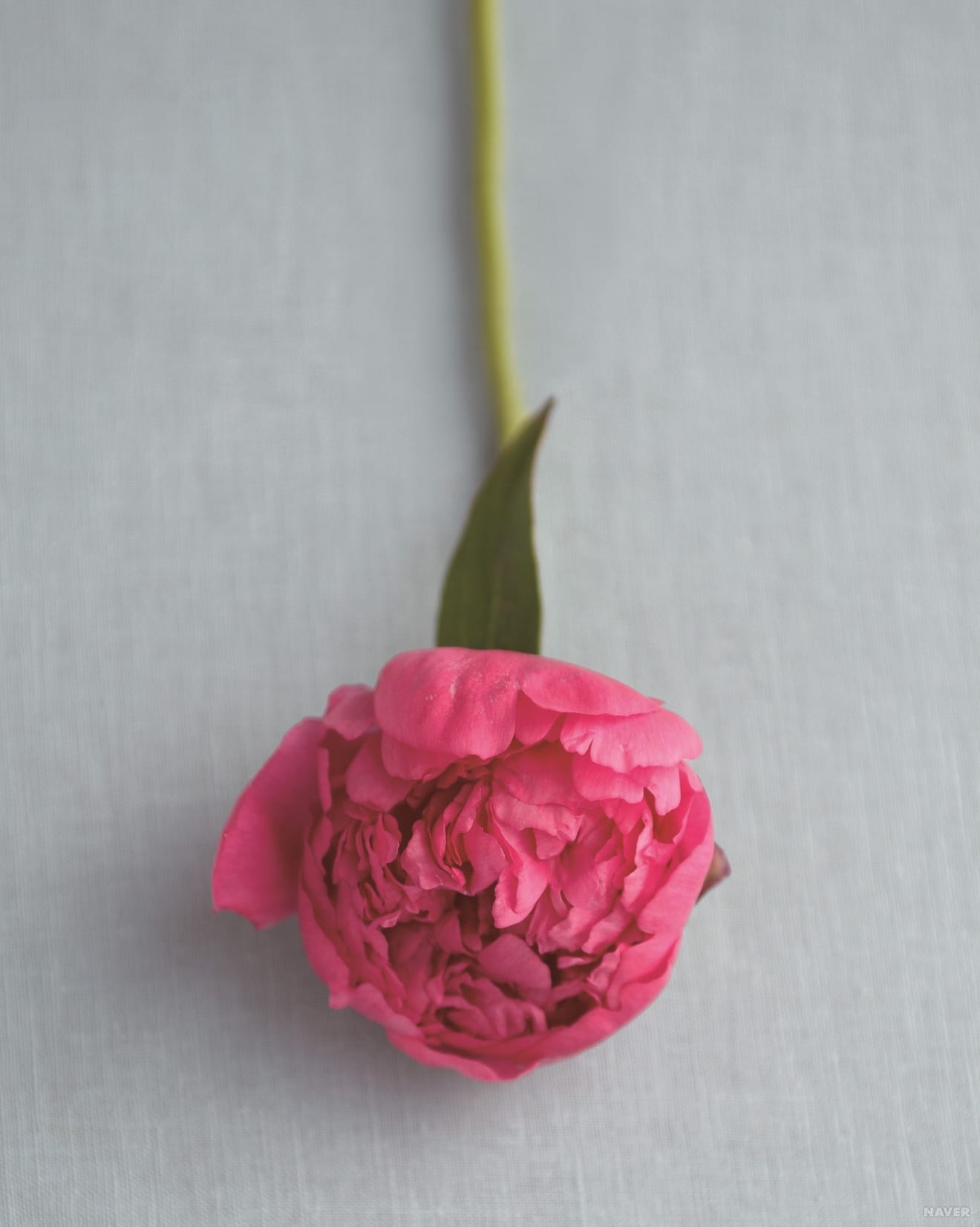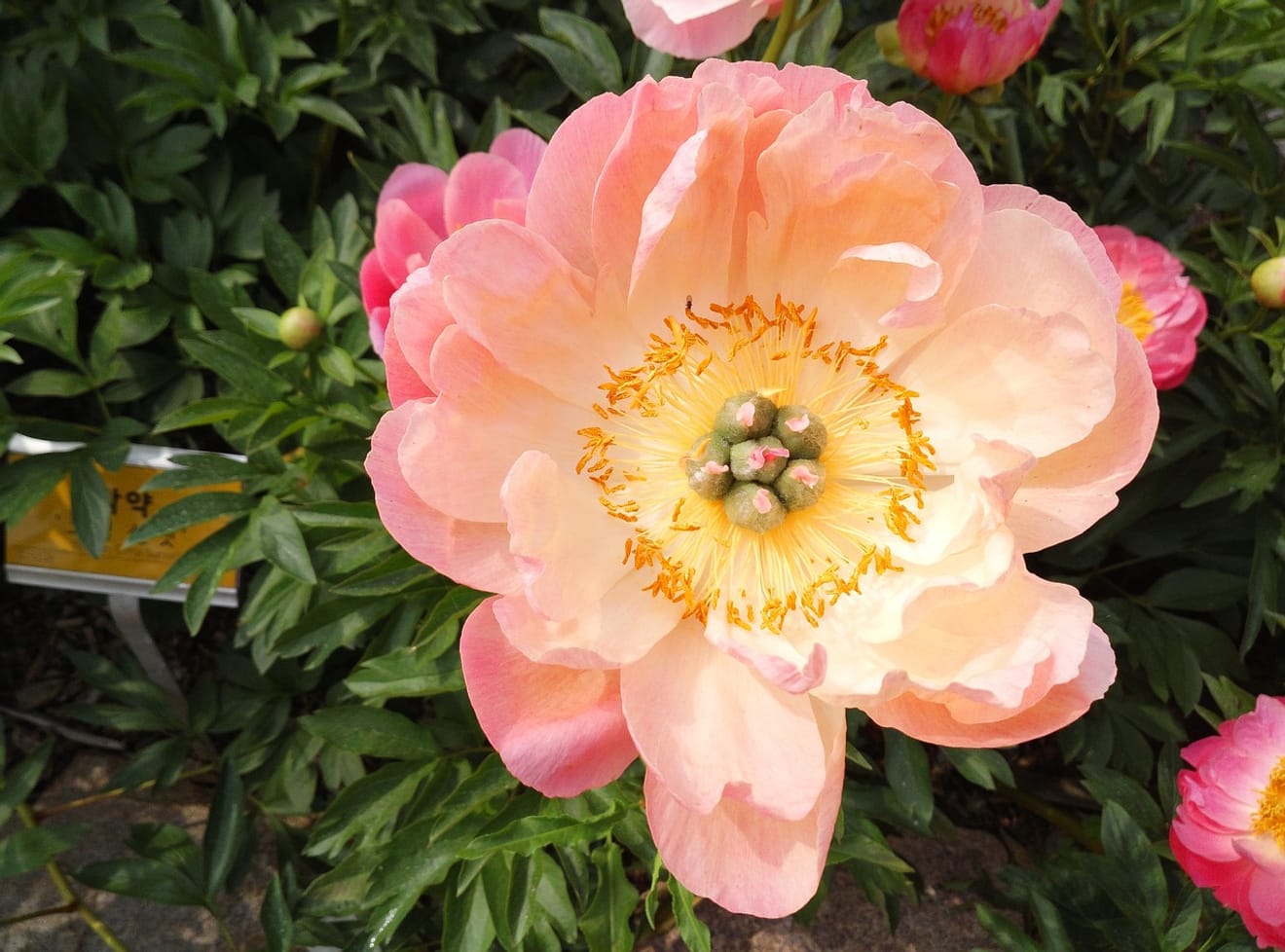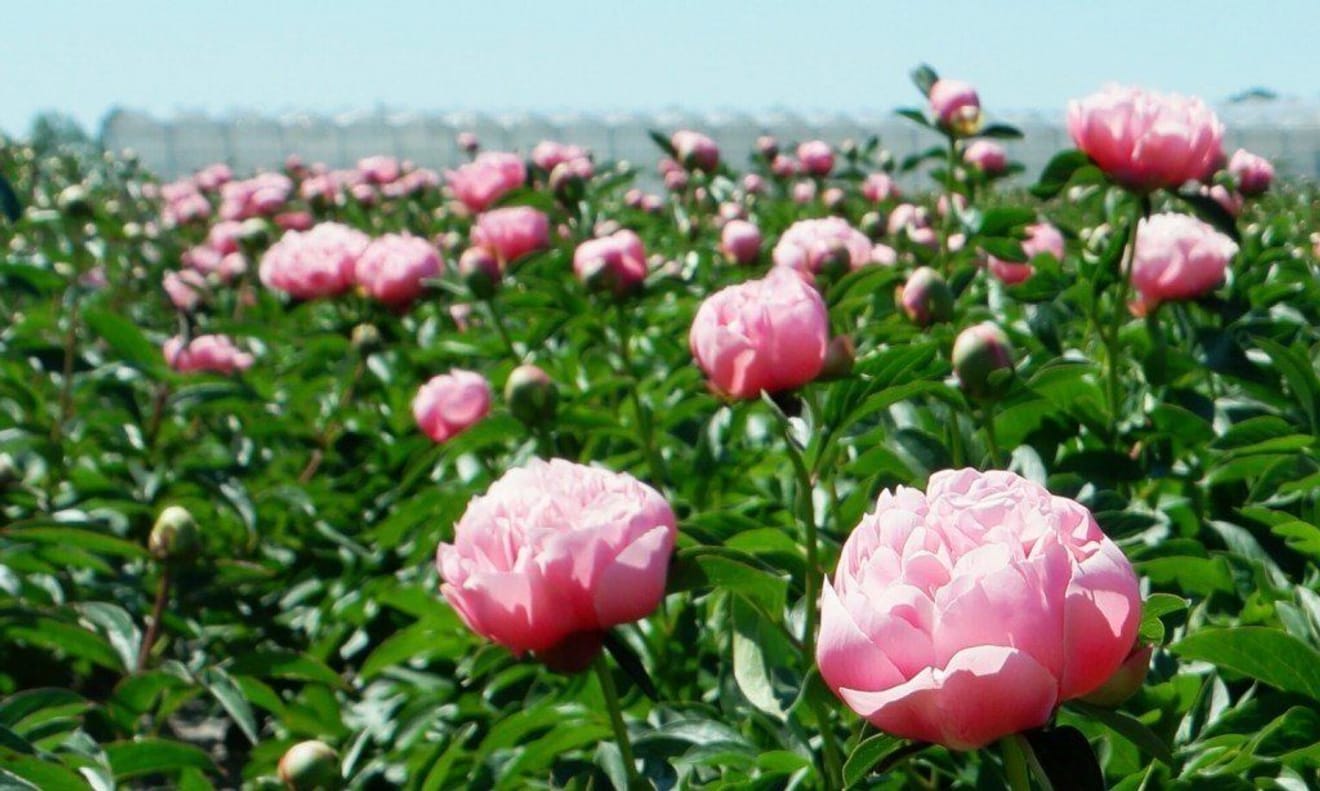Subject
- #Salmon Peony (살몬작약)
- #Hwajungwang (화중왕)
- #Greek and Roman mythology
- #Flower language
- #How to distinguish between Paeonia lactiflora (작약) and tree peony (모란)
Created: 2024-02-07
Created: 2024-02-07 15:22

Naver Encyclopedia Petit Flower
Do you like peonies? When I think of peonies, I imagine their vibrant colors and a fragrant, rich aroma. Today, I'd like to explore the peony, a flower that everyone knows but perhaps doesn't know much about. I'll also introduce you to a beautiful and lesser-known peony variety.
First, let me introduce you to the peony. Peony is known as Peony root in English and 芍藥 in Chinese, which is pronounced 'shao yao'. Therefore, another name for the peony is 'hambakkkoch' (함박꽃).
It belongs to the Ranunculaceae family and grows to be 50-100cm tall. It's primarily used for ornamental purposes. The flowers come in various colors, including red, white, and pink, and there are many cultivated varieties. It's also said that many varieties have a strong fragrance.
Peonies are often used as cut flowers, particularly in wedding bouquets. Do you know why?
There are several reasons, of course! Their beautiful appearance and fragrance make them a desirable choice for wedding bouquets, but perhaps it's also because the peony's flower language is **“shyness”**? I think this flower language fits beautifully with the bride.
If you sow the seeds between September and October, they typically bloom between May and June.
Its origin is China, and it's distributed in Korea, Japan, China, Mongolia, and East Siberia.
Since its origin is China, there are many related proverbs and terms. In China, it also has the flower language of 'reluctant to leave' (依依不舍, 难舍难分), making it a popular gift for lovers. There's also a saying, 'Shaoyaozhizheng' (芍藥之贈), which refers to the act of giving fragrant peony flowers between a man and a woman to deepen their affection. You may remember this from school, but do you recall 'Huazhongwang' (花中王)? While the 'peony' is referred to as the 'Huawang' (花王), the 'king of flowers,' the 'paeonia' is called 'Huashang' (花相), the 'minister of flowers.'

Pixabay
Interestingly, the generic name 'paeony' is derived from the name 'Paeon,' a figure in Greek mythology who was the first to use the plant medicinally. And as the Chinese character 藥 suggests, the peony has medicinal properties, with its roots being used as medicine. It is said to help with menstrual cramps, and it's sometimes brewed into peony tea for consumption.
Due to its flower shape, it's often mistaken for the tree peony, but they are distinct plants. Remember that the tree peony is a tree, while the peony is a herbaceous perennial, and you'll be able to tell them apart easily. It's also confused with the Magnolia sieboldii, as one of the peony's other names is 'hambakkkoch' (함박꽃). However, the two flowers differ in shape and ecology.
There's a sad legend associated with it, and I'd like to share it with you. There once was a prince and a princess who were deeply in love. However, the prince went to war, and the princess waited for him. When she heard rumors that he had died in battle, she was torn between disbelief and sorrow. Still, she journeyed to the prince's country, only to find that he had indeed passed away, and a tree peony bloomed where he lay. Upon realizing this, she was overcome with grief and prayed to the gods to be with her prince. Moved by her plea, the gods granted her wish and transformed her into a peony.
Because of its striking and beautiful flowers, it has been a popular subject in paintings throughout history, regardless of culture or era. Even today, it's frequently used in illustrations, embroidery, and patterns, both as a standalone subject and as a decorative element (auxiliary subject) in illustrations. In the past and present, it's been frequently used as a decorative element, not only as a fresh flower but also as an artificial flower based on the shape of a fresh flower. It was also one of the symbols of beauty in the past.
Peonies are also used in perfumes. Even within the same species, varieties bred for ornamental purposes may have weaker fragrances or less desirable scents compared to those bred for fragrance. Because of its scent, it's used as a fragrance, and while it can be used alone, it's often mixed with other flower scents when used in perfumes.
Now, you probably have a much better understanding of peonies, don't you? There are many different types of peonies, and I'd like to introduce one of them: the Salmon Peony!

mypeonysociety, Salmon Peony (살문작약)
Also known as Etched Salmon in English, it originates from the United States and was registered by Cousins and Clem in 1981. In 2002, it received a gold medal from the American Peony Society.
This flower is said to have a soft, sweet fragrance. Considering its appearance, which differs from the peonies we're familiar with, a soft fragrance sounds quite intriguing. It has a pale coral and pink color, and the flower size ranges from 100-150mm to 150-200mm. The flower shape is round, about the size of a small cup, with petals layered upon each other.
It's a fully double peony, with a shape very similar to a garden rose. The thousands of petals darken towards the center of the flower, giving it a unique color and a particular luminosity. This peony variety is quite popular and is in high demand as a cut flower. If you appreciate beautiful flower forms, romantic colors, and exceptional varieties, this peony is perfect for you.
This concludes our exploration of the peony. Having learned about the various stories and uses of different varieties, don't you feel like you've gotten a bit closer to the peony? I hope to see you again with another interesting story-filled post! Thank you.
Comments0